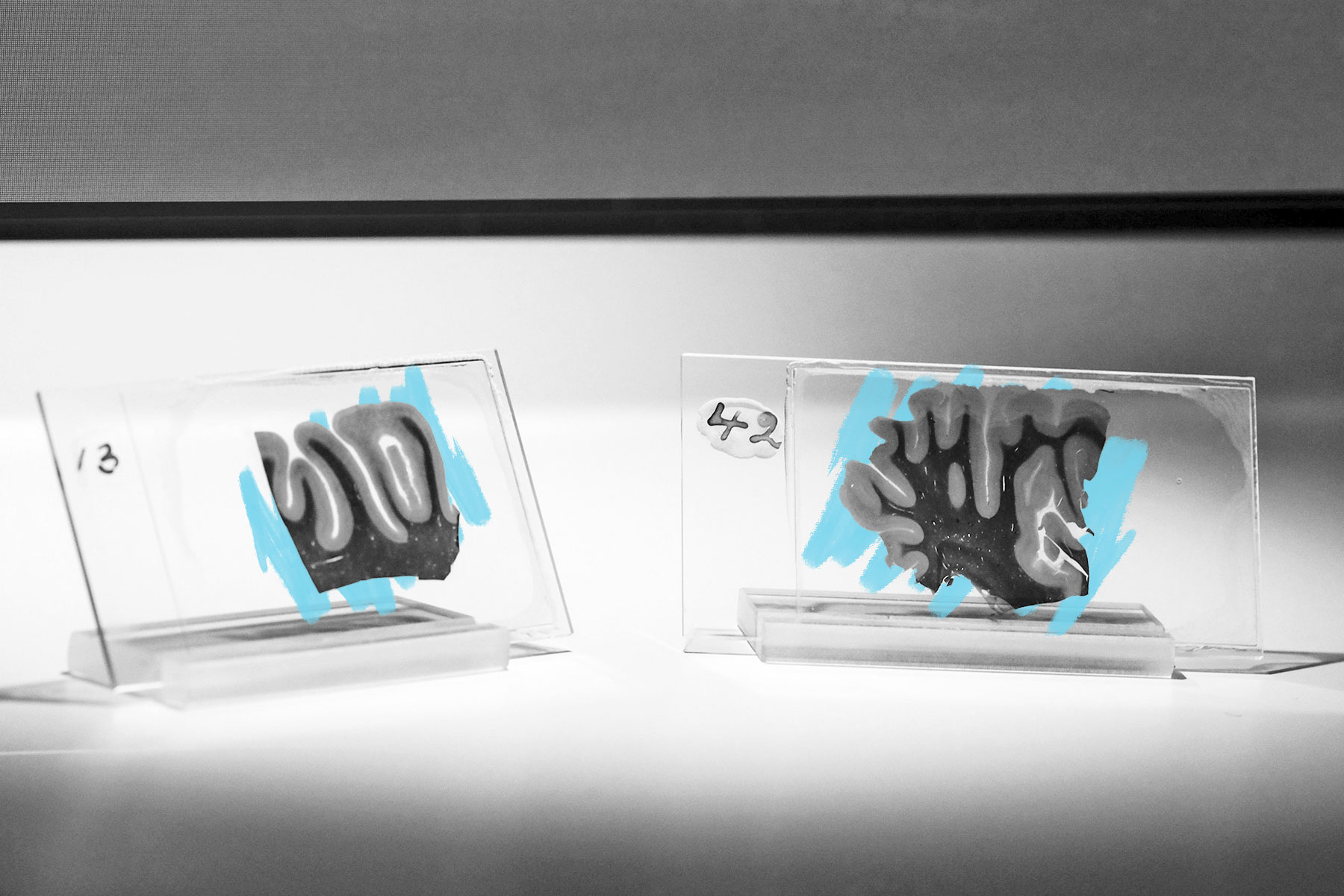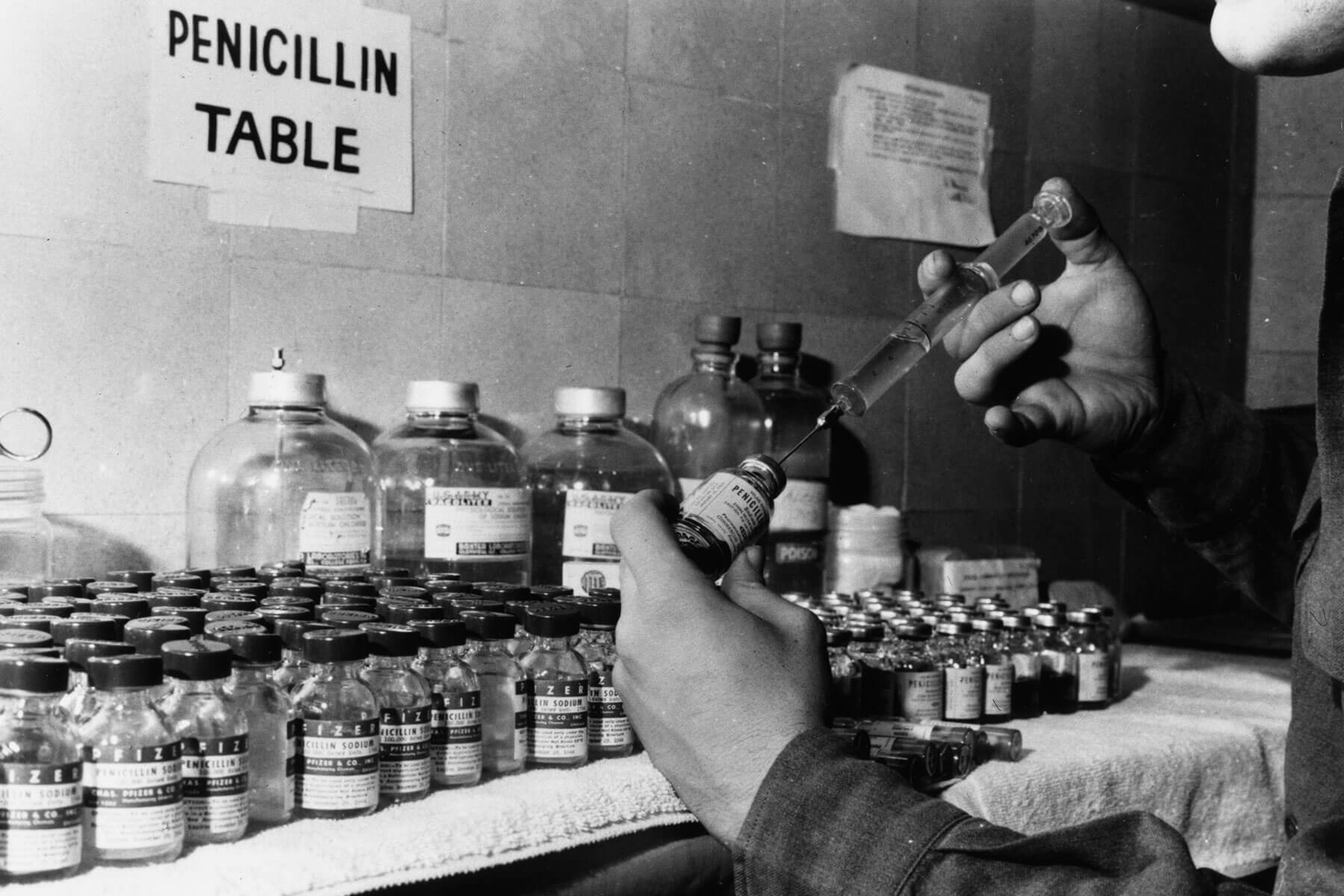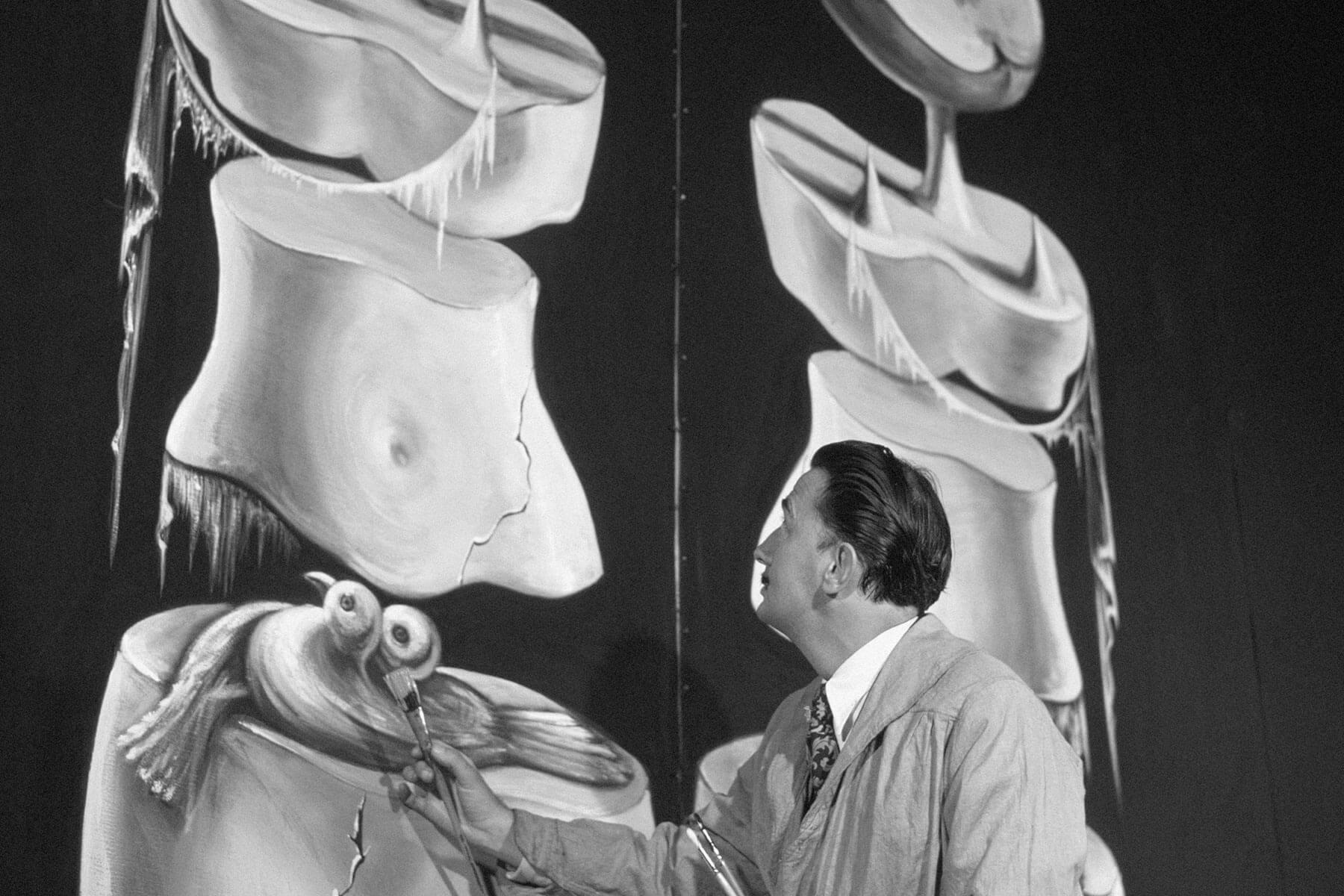 |
Einstein's brain was preserved for scientific study. |
Famous Figures |
 |
| |
| On the same day Einstein died, Thomas Harvey, a pathologist at New Jersey's Princeton Hospital, conducted an autopsy, during which Harvey removed the scientist's brain. Removing organs was common autopsy practice, as they were often kept by medical institutions for research. But Harvey decided to keep this one for himself. He claimed he wished only to conduct medical research on the genius's brain, and promised Einstein's family he would not use the organ for his own cultural cache. Over the next four decades, Harvey occasionally sent sections of the brain to other scientists to study, but most of it was stored in pieces in jars of formaldehyde at his home. While studies done on Einstein's brain over the years did reveal differences from the average person's, it ultimately remains unclear where his extraordinary intellect really came from. Today, samples of Einstein's brain are kept at the National Museum of Health and Medicine in Washington, D.C., and the Mütter Museum in Philadelphia. | |
 | |
 | |||||||||
By the Numbers | |||||||||
| |||||||||
| |||||||||
 | |||||||||
| |||||||||
Humans use much more than just 10% of their brains. | |||||||||
| The human brain is the most complex organ in the human body. Given how little we know about the spongy mass, the claim that humans use only 10% of their brains seems not only possible, but likely. But the long-repeated assertion is just a myth — humans actually use all of their brains. It isn't known for sure where the 10% idea started; it has been misattributed to Albert Einstein, but it most likely germinated with American psychologist and author William James, who theorized that people use only a fraction of their mental capabilities. The myth got a big boost in Dale Carnegie's bestselling 1936 self-help book How to Win Friends and Influence People. In the preface, journalist Lowell Thomas misquoted James, claiming the psychologist said that "the average person develops only 10% of his latent mental ability." But according to modern brain imaging technologies, areas of the entire brain are, in fact, active most of the time, even if they're not active all at the same time. | |||||||||
 | |||
Recommended Reading | |||
 | |||
| | |||
 | |||
| | |||
| + Load more | |||
| |||
| |||||||||
| Copyright © 2024 History Facts. All rights reserved. | |||||||||
| 700 N Colorado Blvd, #513, Denver, CO 80206 | |||||||||
|





No comments:
Post a Comment